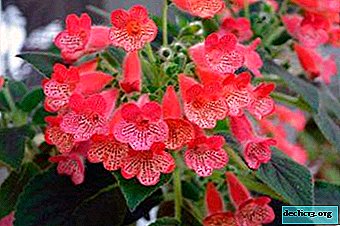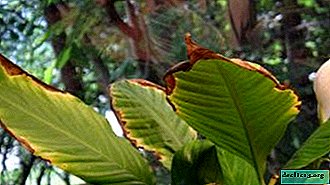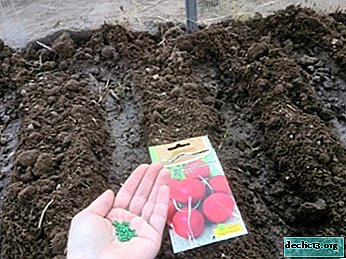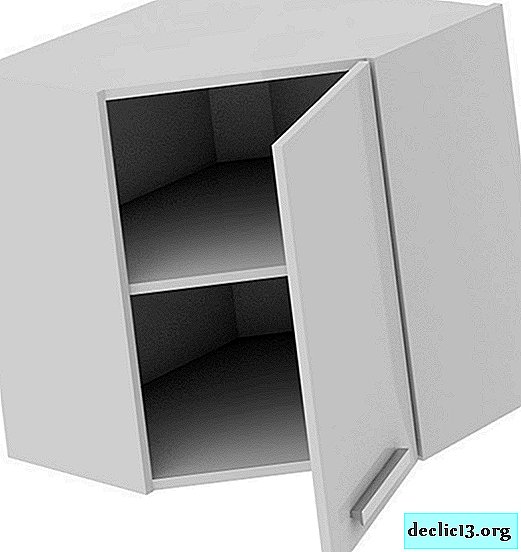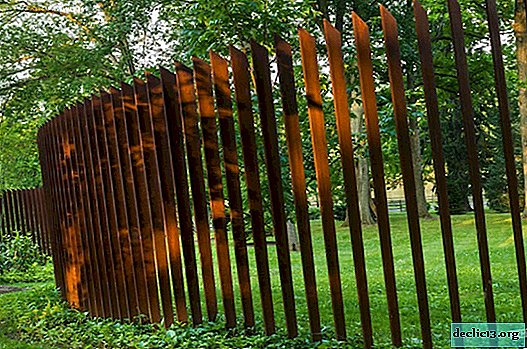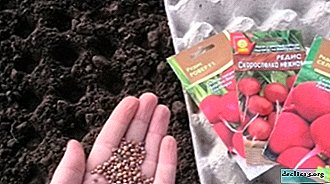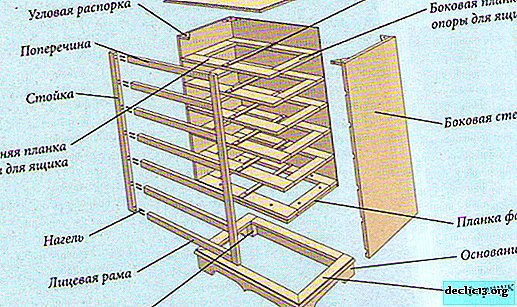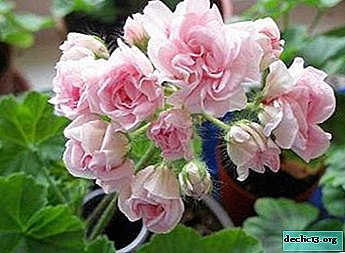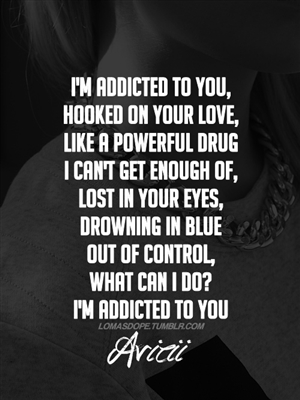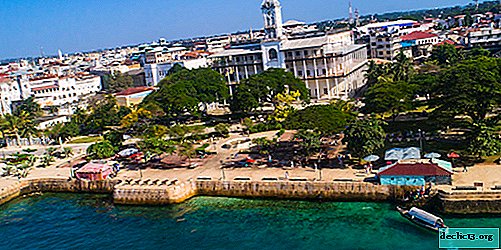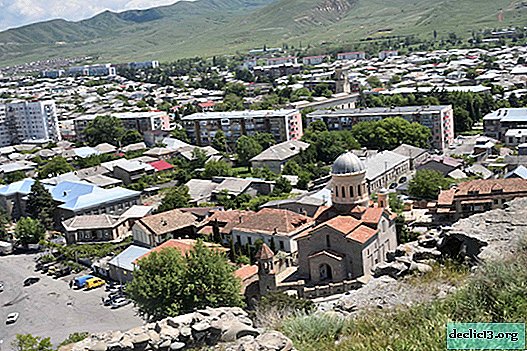What is interesting about Schaffhausen in Switzerland
Schaffhausen (Switzerland) - a city located in the northernmost point of the country, spread in the upper reaches of the Rhine, between Lake Constance and the Black Forest. This small German-speaking city is the capital of the eponymous canton of Switzerland.

According to 2006 data, almost 34,000 people live in this city.
Schaffhausen is known worldwide for its Rhine Falls. It is also known as the city of Switzerland, in which the IWC Schaffhausen factory, producing luxury Swiss watches, operates.
What to see in Schaffhausen

Although Schaffhausen is quite small (even by Swiss standards), many tourists come here. True, most go only to see the famous Rhine Falls, which is located nearby.
But the city of Schaffhausen itself deserves to live in it for at least a few days, take a walk along the quiet narrow streets and cozy quarters with merchant houses, see architectural and historical sights, feel the local atmosphere and restrained chic. Schaffhausen harmoniously combined the urban landscape traditional for Switzerland with exclusively local "chips" inherent in it.
Old city

The old city can be seen in just 40-50 minutes, walking calmly on foot. There are a lot of interesting and unique details that you will definitely want to inspect without too much haste.
Bay windows, which number more than 170, are recognized as a real “highlight” of Schaffhausen. Each of them is a separate work of art with original sculptures, forged elements and other decorations.
There are many beautiful fountains. It is noteworthy that only drinking water beats from them.
 Restaurant Thiergarten
Restaurant ThiergartenAn interesting feature of Schaffhausen are the facades of buildings painted with colorful frescoes. The facade of the Thiergarten restaurant looks original - although the building was destroyed in 1944, it was completely restored and the painting adorning the facade was recreated. Thanks to the frescoes covering the walls, Haus zum Ritter (House of the Knight) received great fame in Switzerland.
Knight's house

Knight's House, Schaffhausen Famous Landmark, located at Kronengässchen, 3. The building was built in 1492, in 1566 it was rebuilt by Ritter Hans von Waldkirch - since then it has become known as the “House of the Knight”.
The originals of the frescoes that adorn the facade of the Haus zum Ritter were made by Tobias Stimmer in 1568-1570. In 1935, the frescoes were removed from the facade to protect them from destruction, and the work of Stimmer was very talentedly reproduced by the artist Carl Roesch. As for the originals, they are in the museum zu Allerheiligen, which occupies the building of the monastery of All Saints.
Read also: Mount Pilatus - what to see the guests of Lucerne.
Benedictine Monastery of All Saints

Abbey of All Saints located in Old Town, address: 6 Baumgartenstrasse.
The monastery (founded in 1049) with a church and a church tower (XII century) is the largest and most well-preserved monastery complex in Switzerland. There is a luxurious garden Junkernfriedhof - this is an old cemetery, on which in the sixteenth and nineteenth centuries Schaffhausen nobles were buried. Around the garden is the largest indoor gallery in Switzerland.
 Museum zu allerheiligen
Museum zu allerheiligenDuring the Reformation, the monasteries were closed and transferred to municipal property. Currently, St. John’s Monastery Cathedral is the current church of the local parish. Museum of Local Lore Museum zu Allerheiligen is located in some of the old buildings. Its exhibits tell about the cultural life and history of the people of the northern part of the country. Of all the exhibits of the museum, Schillerglocke ("Schiller's Bell") received particular fame - it was thanks to him that the poet had inspiration for the creation of "Songs about the Bell".
Museum entrance for adults it costs 12 francs, for students and seniors 9 francs.
Fort Munot

Another attraction of Schaffhausen and all of Switzerland is the Munot fortress (Muno, Munot). She is located not far from the monastery complex, at the address Munotstieg, 17.
The ring fortress wall was built between 1564 and 1589, the project was made by the famous artist Albrecht Durer. Dürer was sure that the circular fortifications were the most impregnable, since they made it possible to conduct effective defense from all sides.
The fortress of Munot did an excellent job of its defensive function for two hundred years, having not survived only once - in 1799 the French took it. A few years after this, the fortress lost its significance, they no longer looked at its condition, and it began to collapse.

After the restoration, Muno became accessible for everyone to visit - admission is free. From its loopholes and battlements, picturesque Swiss landscapes are visible. Like many centuries ago, every night at 21:00 a bell rings here - earlier it was a signal that you need to close the city gates and all the inns.
The fortress is open to visitors at this time: in May - September from 8:00 to 20:00, in October - April from 9:00 to 17:00.
Rhine Falls

The most striking natural attraction of this region of Switzerland is located outside the city of Schaffhausen - this is the Rhine Falls, the largest waterfall in Europe. The waterfall gains the greatest strength at the beginning of summer, and it was at this time that many tourists came to Schaffhausen to see it.
Neuhausen am Rheinfall train station is the closest to the waterfall, a 3-minute drive from the main city station.
You can admire the waterfall from various observation platforms, of which there are many on the northern shore of the Rhine. But the best view and the most luxurious view from the south bank of the river, from the platform at the Laufen castle. Read more about the waterfall here.
Laufen Castle

To get to the castle, you need to go upstream along the north coast, go to the south coast via a railway bridge, and then climb up the steps to the top of the cliff. To enter the territory, you have to pay 5 francs for an adult and 3.5 for a child under 16 years old.
On a small platform in front of the castle there are souvenir shops, several restaurants. A relatively cheap bistro works here, where you can have a tasty and satisfying meal for 20 francs (from November to March the bistro does not work on Wednesday and Thursday).

Laifen itself has recently been restored and is open to visitors. Some of its premises feature an exposition telling about the history of the region. Wealthy tourists can settle in a private pension, arranged in other parts of the castle.
An observation deck is equipped on the territory from which you can see all the strength and power of the Rhine Falls. The main level of the observation deck, overhanging a turbulent river, can be reached by elevators from the castle. You will have to climb the stairs to a higher level. Standing on this site, you can take magnificent, most beautiful photographs of the famous Schaffhausen waterfall.
On a note: Matterhorn is one of the most recognizable peaks in the world.
Compare accommodation prices using this form
How to get to Schaffhausen from Zurich

The nearest airport to Schaffhausen is in Zurich. Several trains leave for Schaffhausen every hour directly from Zurich Airport. A trip, depending on which train it will take, will take 30-60 minutes in time. Traveling in the 2nd class one way costs from 18 to 23 francs. You can view the schedule and buy tickets on the Swiss railway website www.sbb.ch.

There is one important point that you should consider when buying train tickets to Schaffhausen: it’s best to take them to the Neuhausen am Rheinfall station, which is closest to the Rhine Falls. It takes only 3 minutes to go from Schaffhausen Central Station (walk 40 minutes), while the ticket price remains the same. But if the terminal station is Schaffhausen main station, then you will need to buy a ticket separately to Neuhausen, next to which there is a waterfall.
From Zurich to Schaffhausen (Switzerland) you can order a taxi, then the driver will meet you at the airport or drop into the hotel. The transfer fee is about 220 - 265 francs.Find out RATES or book any accommodation using this form
Prices in the article are for March 2018.

